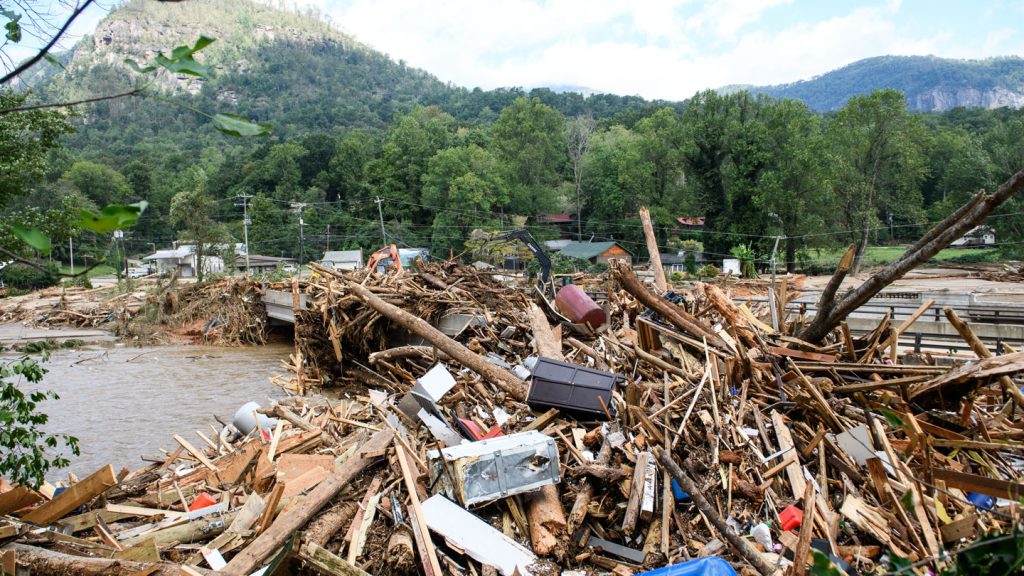Hurricane Helene, a massive storm that hit the southeastern United States, caused unprecedented devastation in multiple states, leaving a trail of destruction and loss of life. The storm surge generated by Helene inundated coastal communities in Florida, causing significant flooding and leaving many areas underwater. After making landfall in Florida, the storm moved through Georgia and into the Appalachian Mountains, triggering record-breaking rainfall and generating fast-moving landslides known as debris flows. The damage caused by Helene resulted in a death toll of over 130 people and economic damages estimated to be around $150 billion.
As a result of the extreme weather events caused by Hurricane Helene, Science News reached out to a panel of experts to discuss the impact of the storm and the reasons behind its destructive nature. These experts included climatologists, oceanographers, ecologists, and geologists, who provided insights into the mechanisms that made Helene so devastating. They discussed factors such as the size of the storm, the warm waters it encountered, and the geographical features of the affected areas that contributed to the storm surge and heavy rainfall. The experts highlighted how these factors combined to create the perfect conditions for a catastrophic event.
The lingering effects of Hurricane Helene were also discussed by the experts, particularly the increased susceptibility of coastal areas to flooding in the future. Damage to natural defenses like sand dunes and the washing away of contaminants into floodwaters from various sources pose ongoing risks to these regions. The experts emphasized the importance of preparedness and monitoring for future storms and the potential for subsequent events to exacerbate the impacts of Helene. They also highlighted the threat of algal blooms and toxins resulting from the runoff of nutrients and chemicals into estuarine and coastal areas.
In the mountainous regions impacted by Hurricane Helene, the experts explained the specific mechanisms that led to the intense rainfall and landslides in these areas. Factors such as a predecessor event that saturated the soil, the topography of the mountains, and the direction of the winds contributed to the severity of the storm’s impact. The experts noted that these regions were already at risk of landslides and debris flows due to the amount of rainfall received, which exceeded established thresholds for such events. The significant rainfall combined with the geographical features of the area created a situation ripe for disaster.
The hazards and risks in the aftermath of Hurricane Helene were also discussed, with experts highlighting the potential for continued threats from landslides and debris flows due to the saturated soil and lingering effects of the storm. The challenges faced by communities in accessing essential services like healthcare due to road damage and infrastructure disruptions were noted as ongoing concerns. The experts emphasized the need for continued monitoring and support for these communities as they recover from the devastation caused by Helene. The impacts of the storm were not just physical but also had long-lasting effects on the health and well-being of the affected populations.
In conclusion, Hurricane Helene served as a stark reminder of the destructive power of extreme weather events and the importance of preparedness and response efforts in the face of such disasters. The insights provided by the panel of experts shed light on the complex interactions between climate, geography, and human activities that can amplify the impacts of natural disasters. As our planet continues to experience changing climate patterns, understanding these dynamics and their effects on vulnerable communities will be crucial in mitigating future risks and building resilience in the face of extreme weather events.


